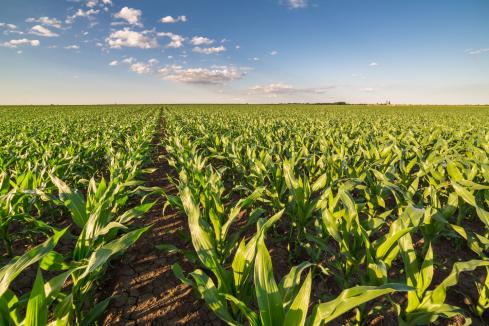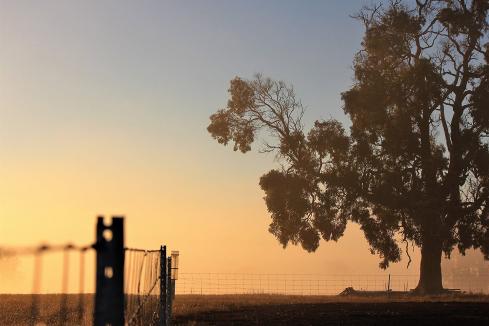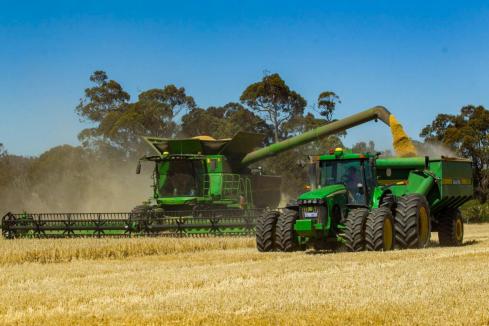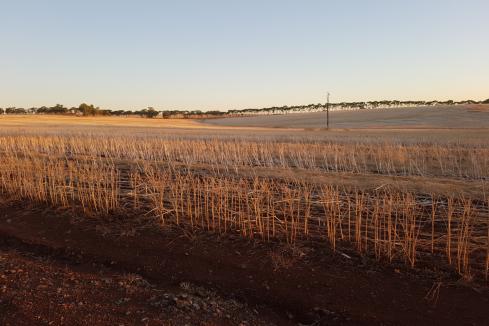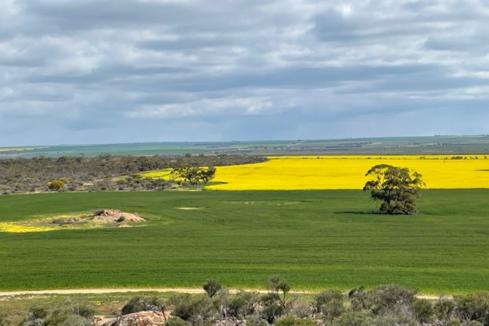Grain producers are set for a bumper crop in Western Australia going into harvest, with the latest production forecasts from the federal government estimating production will reach 17.1 million tonnes, an increase of 17 per cent on last year.

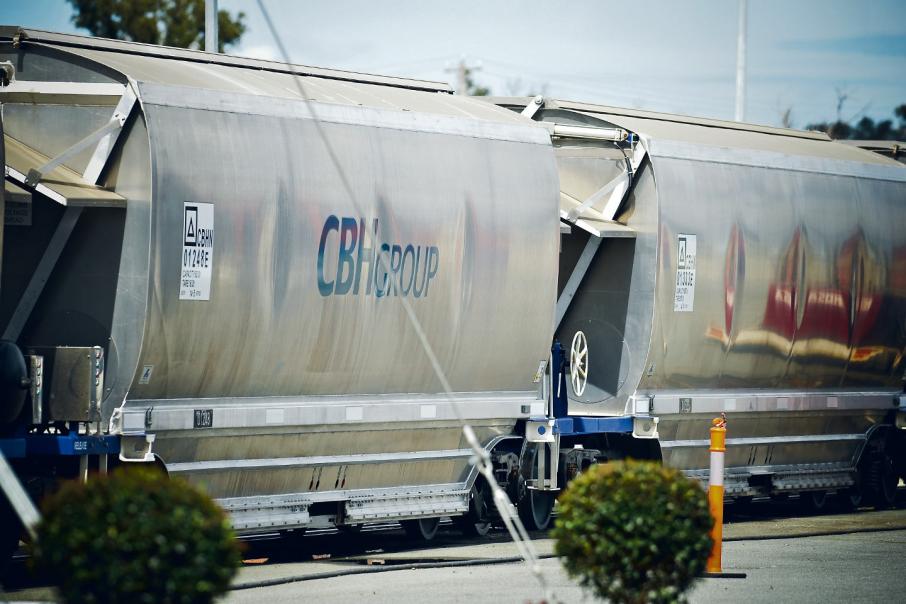
Grain producers are set for a bumper crop in Western Australia going into harvest, with the latest production forecasts from the federal government estimating production will reach 17.1 million tonnes, an increase of 17 per cent on last year.
The lion’s share of that will be driven by higher yields for wheat, according to the Australian Bureau of Agricultural and Resource Economics.
Wheat production will increase around 19 per cent for the financial year ahead, to about 10.5mt, with yields up 20 per cent to a rate of two tonnes per hectare.
That will be worth about $2.5 billion at yesterday’s spot price of $241 per tonne in Kwinana.
Canola production will be up 20 per cent to 1.75mt, with a 16 per cent increase in yield and a slight increase in planting area.
WA will produce about 40 per cent of national wheat output and nearly half of the canola.
Production of the other major WA grain, barley, will be up about 6 per cent to 3.4mt.
Some numbers are slightly lower than a forecast last week by the Grain Industry Association of Western Australia (GIWA), however.
That organisation predicted total output of 17.6mt, with wheat output of 10.8mt and barley at 3.5mt.
Farmers won’t be celebrating just yet, though.
“September presents a high-risk time for frost impact on grain production,” GIWA said in its report.
“Due to the early and substantial crop development this season, the frost risk period is occurring earlier in September rather than mid to late September.
“Frost was reported during August and has caused extensive damage to barley and some wheat in the north-eastern districts of the Kwinana zone.
“Elsewhere, frost has damaged lupins and canola crops but to a much smaller degree and with a better chance of compensatory growth and little final yield loss.”
National
Production will also increase in other states, ABARES said, with this year the first since 2007-08 that all states would register high production.
ABARES acting executive director Peter Gooday said weather conditions had been favourable over winter.
“Total (national) winter crop production is forecast to rise by 16 per cent in 2016–17 to a record 46.1 million tonnes, driven by significant increases in forecast production in Western Australia and Victoria,” he said.
“In the eastern states, including South Australia, winter rainfall was average to above average and in WA was more variable but timely.
“In some regions, particularly in parts of NSW and far southern WA, yields could be constrained by waterlogging, which resulted from very high winter rainfall.
“Wheat (up 16 per cent to 28.1 million tonnes) and barley (up 11 per cent to 9.5 million tonnes) production are both forecast to be the second highest on record, and canola production is forecast to be the third highest on record (up 23 per cent to around 3.6 million tonnes).”







